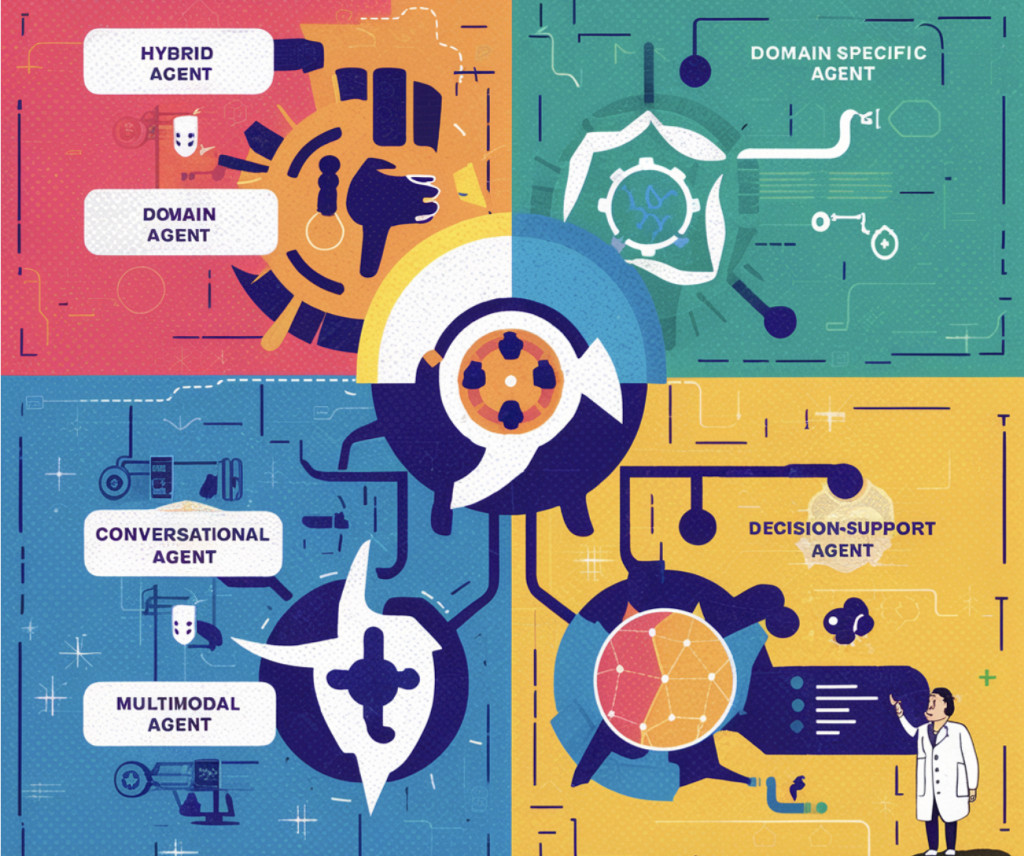The design and deployment of efficient AI agents have become a critical focus in the LLM world. Recently, Anthropic has highlighted several highly effective design patterns that are being utilized successfully in real-world applications. While discussed in the context of Claude’s models, these patterns offer valuable insights that can be generalized to other LLMs. The following exploration delves into five key design patterns: Delegation, Parallelization, Specialization, Debate, and Tool Suite Experts.
Delegation: Enhancing Efficiency through Parallel Processing
Delegation is a powerful design pattern that aims to reduce latency without significantly increasing costs. By running multiple agents in parallel, tasks can be completed more quickly. This approach is useful in scenarios where the primary goal is to achieve fast response times. For instance, delegating different parts of a conversation to specialized agents running simultaneously in customer service applications can significantly speed up the resolution process. This pattern ensures that the overall system remains responsive and efficient, catering to the high demands of real-time applications.
Parallelization: Balancing Cost and Speed
Parallelization uses cheaper, faster models to gain cost and speed advantages. This design pattern is especially beneficial in environments where budget constraints are as important as performance. By leveraging multiple less expensive models to handle simpler tasks or preliminary processing, organizations can reserve more sophisticated and costly models for complex queries. This balance between cost and performance makes parallelization an attractive strategy for businesses looking to maximize their AI investments without compromising efficiency.
Specialization: Orchestrating Expertise
The specialization pattern revolves around a generalist agent that orchestrates the actions of specialist agents. The generalist serves as a coordinator, directing tasks to specific agents fine-tuned or specifically prompted for particular domains. For example, a generalist agent might handle the overall interaction with a user while deploying a medically specialized model for health-related inquiries or a legally specialized model for legal questions. This ensures that responses are accurate and contextually relevant, leveraging the depth of knowledge within specialized models. Such an approach is invaluable in fields requiring precise and expert information, such as healthcare and legal services.
Debate: Enhancing Decision-Making through Discussion
The debate design pattern involves multiple agents with different roles engaging in discussions to reach better decisions. This method capitalizes on the diverse perspectives and reasoning capabilities of various agents. Allowing agents to debate enables the system to explore different viewpoints, weigh pros and cons, and arrive at more nuanced and well-rounded decisions. This pattern is particularly effective in complex decision-making scenarios where a single view might not be sufficient. For example, agents with expertise in risk management, investment strategies, and market analysis can debate to provide comprehensive advice in financial planning.
Tool Suite Experts: Specialization within Large Toolsets
When utilizing a vast array of tools, it becomes impractical for a single agent to master all available options. The tool suite experts’ design pattern addresses this by specializing agents in specific subsets of tools. Each agent becomes proficient in a particular set of tools, ensuring efficient and effective use. This pattern is especially relevant in technical fields such as software development and data analysis, where many tools are often required. By assigning specific tool experts, the system can handle complex tasks more adeptly, ensuring that the right tools are used optimally for each task.
In conclusion, these design patterns—Delegation, Parallelization, Specialization, Debate, and Tool Suite Experts—offer robust strategies for developing efficient and effective LLM agents. Organizations can adopt these patterns to enhance their AI systems’ performance, responsiveness, and accuracy. These strategies optimize the deployment of AI resources and ensure that the systems are scalable, adaptable, & capable of handling the diverse demands of real-world applications.Â
The post Top 5 Effective Design Patterns for LLM Agents in Real-world Applications appeared first on MarkTechPost.
Source: Read MoreÂ

